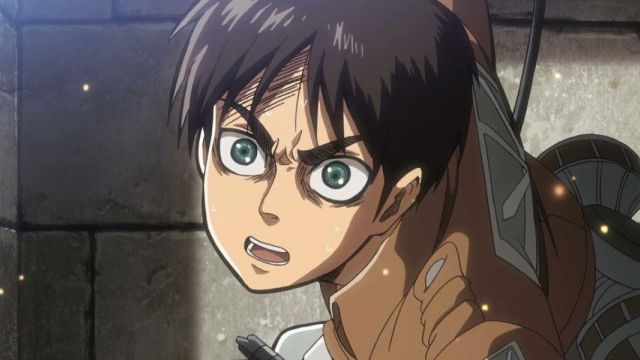It's not uncommon in the Western anime fan community for viewers to feel angered or deceived when they learn that a beloved series would be adapted into a feature film, only to discover, potentially later, that the film comprises 50-99% recap content. This is a typical occurrence, with several well-known series being turned into films that are virtually entirely made up of compilation content. Death Note, Code Geass, Haikyuu, Madoka Magica, and Attack on Titan have all gotten the compilation movie treatment, with other popular titles like Bocchi the Rock on the way.
Originally created in the 1970s, long before widespread internet usage and video streaming, or even convenient home TV-to-video recording, these compilation films were created so that viewers wouldn't have to rely on catching televised runs as they aired (or, if they missed an episode, hope for a rare rerun). If someone wanted to catch up on or rewatch a beloved series, they could go see the recap movie at a time that was convenient for them and/or buy it on VHS when it was released. Despite today's relatively easy and cheap access to online streaming, anime compilation films remain quite popular in Japan, leaving some fans perplexed.
Anime Compilation Movies Are Cheap to Make – But Also Cheap to Watch

Perhaps the most important aspect in a compilation movie's favor, at least from the perspective of a Japanese audience, is that it usually makes a lot more economical sense for someone to buy the recap film rather than the series, especially if they are on a tight budget. While collecting a large number of anime series on DVD or Blu-ray is typically seen as an expensive activity for almost anyone, it is substantially more expensive in Japan, where a DVD or Blu-ray containing a standard amount of two episodes may easily cost a fan approximately $40.For example, American viewers are currently able to grab the complete series of Madoka Magica (12 episodes) brand-new on DVD or Blu-ray for $15-30; conversely, Volume 1 alone of that same series in Japan, containing only Episodes 1 and 2, costs around 5,000 yen (roughly $35).
In this hypothetical scenario, it makes buying the two recap movies of the Madoka Magica series -- Beginnings and Eternal -- a far more affordable option for Japanese fans, who would only be paying around 4,200 yen (about $30) for each of them. Of course, this is only possible because although producing a televised anime show tends to be an extremely costly and time-consuming process, requiring a lot of professional manpower and effort on behalf of the production team while facing intense deadlines, anime compilation movies cost little to create in comparison. Since nearly all the artwork, animation, music and voice acting has already been created and recorded, editing this footage to be reused in the form of a feature-length recap film is far less expensive and labor-intensive -- even if that film happens to include snippets of remastered or movie-exclusive content here and there.
Even Recap-Only Anime Films Have Exclusive Content That Mega-Fans Will Enjoy.

Cost and convenience aside, some anime fans, whether based in Japan or elsewhere in the world, will still buy a movie ticket or the physical release of a compilation film on DVD or Blu-ray because of the promise of new material. Even when a movie is all but entirely made up of recap footage, it's still common for these films to include either remastered material (for instance, sharper or more intricate background artwork or smoother animation at key moments) or a scattering of new shots or scenes, perhaps even some narration or a new piece of music. For some viewers, having a character narrate events already largely seen in the series simply isn't worth the cost of a movie ticket or a physical copy of the film. However, in the eyes of a mega-fan who wants to see or collect everything that a favorite character or voice actor is involved in, this movie-exclusive content, no matter how minimal, may be priceless.
Of course, one doesn't have to be a hardcore fan to want to see an anime movie in person in theaters. Sometimes, it's just nice to watch something familiar but fun in a like-minded crowd, even if the vast majority of that movie doesn't offer anything new. It allows viewers to come together and experience much the same feelings at the same key moments; something well worth paying for in many people's minds. This also allows the producers of such films to net some serious profits -- for example, Madoka Magica's first compilation film, Beginnings, netted over $5,800,000 worldwide at the box office but likely cost a fraction of that to actually make. Small wonder then that this desire for a crowd-pleasing fan experience continues to be capitalized on to this day.






